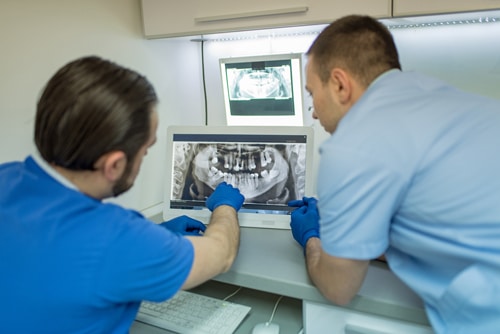
John Hopkins Investigators Identify Cell Combinations That Aid Bone Repair
A study led by John Hopkins University School of Medicine researchers has identified two type of cells located in the vessel walls of fat tissues that may help speed bone repair.

A study led by John Hopkins University School of Medicine researchers has identified two type of cells located in the vessel walls of fat tissues that may help speed bone repair. Published in NPJ Regenerative Medicine, the paper, “Relative Contributions of Adipose-Resident CD146+ Pericytes and CD34+ Adventitial Progenitor Cells in Bone Tissue Engineering,” describes how pericytes induce the growth of new blood vessels, while adventicytes promote the formation of bone cells in osteoblasts.
The team reports that when used together on mice with skull defects, pericytes and adventicytes did a better job of promoting bone repair than with the use of either cell type alone. When pericytes or adventicytes from human liposuction specimens were given to mice with nonhealing skull defects, bone formation after eight weeks was described as “patchy” by investigators. In comparison, mice that received both cell types experienced more robust bone formation.
While additional research is needed, these findings hold promise for potential future applications in periodontal bone regeneration.


